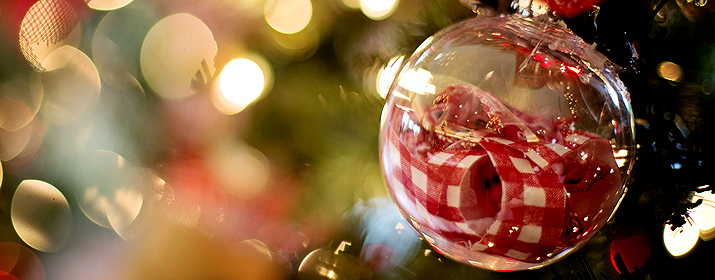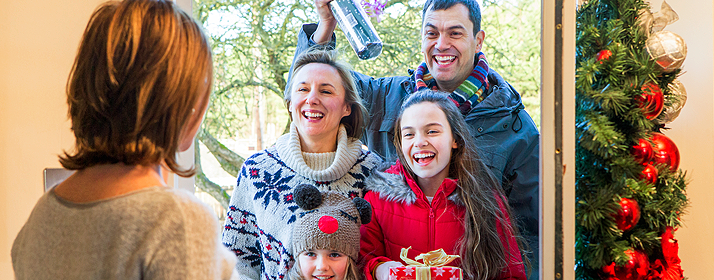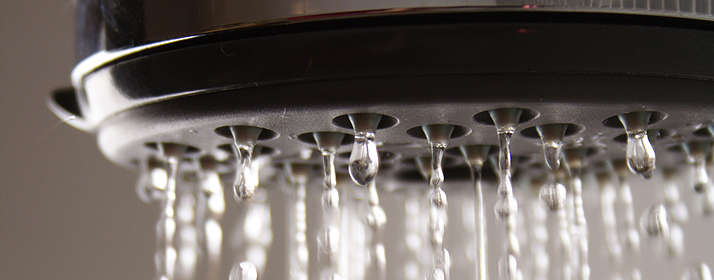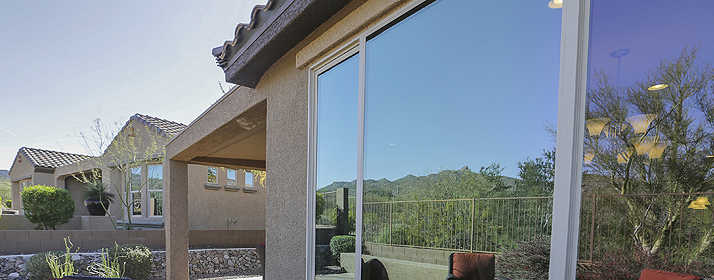
Twinkling, colorful lights outside of your home and on your tree can brighten the holiday season. But that joyful glow comes with an energy cost – and even a potential safety risk.
By following these simple steps from Tucson Electric Power experts, you can keep your home jolly, safe and energy efficient.
1. Inspect Wires
Every year, firefighters warn that brittle, dry Christmas trees easily can spark into flames. Before you string lights on your tree or hang lights outside, check the bulbs, wires and plugs for signs of fraying. “When you’re hanging lights, make sure the wires don’t have any nicks or cuts,” said Francisco Castro, Manager of Residential Energy Efficiency Programs and Services for TEP. “If they look worn, throw them out.”
2. Use LED Lights
Replacing traditional incandescent strand lights and spotlights with LEDs and ENERGY STAR ® certified lights can lead to big savings. ENERGY STAR certified LED strings use 75 percent less energy than conventional strings. They’re also more durable and shock resistant, are cool to the touch and last 10 times longer than traditional strands. “LED’s are more expensive to purchase. But if you are going to keep them a while, the cost is worth it,” Castro said. “It’s an investment.”
Find more decorative lighting tips from ENERGY STAR.
3. Light the Tree
When the Christmas tree lights are on, consider turning off other lights in the surrounding area. The glow of the tree might be enough to brighten the room and illuminate your path.
4. Set a Timer
Enjoy the sparkling lights while you are awake. But there’s no reason to keep the lights on all night or during the day. Install a timer so you don’t forget to flip the switch.
5. Project with Lasers
Laser light projectors have become a popular way to decorate outside. The small devices can display thousands of moving lights on walls or trees. In addition to being much easier to install, projectors are energy efficient. Be sure to position your projector so beams aren’t directed into the air, where they could interfere with aircraft pilots’ vision, according to the Federal Aviation Administration.






